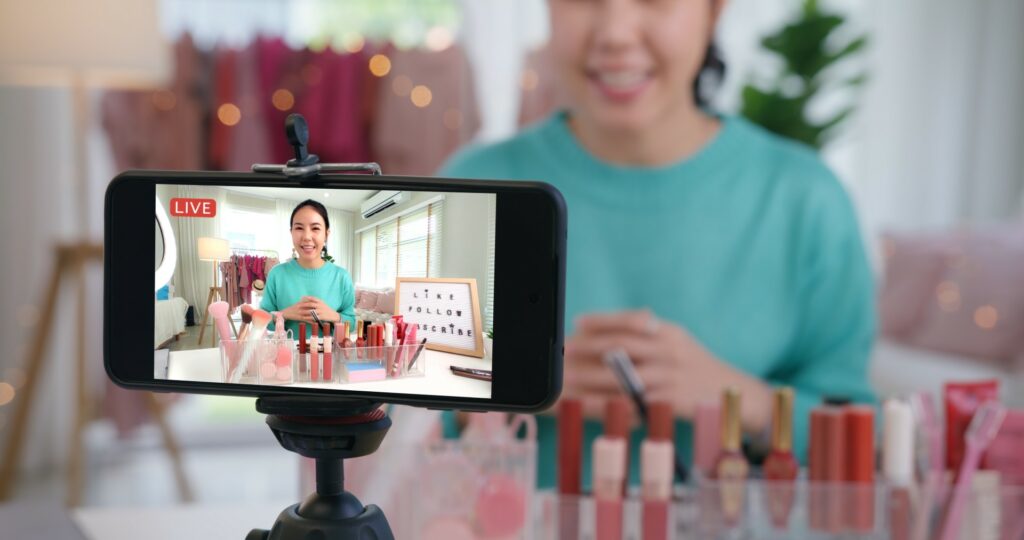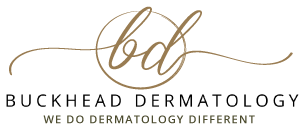The Upside and Downside of Beauty Blogs

The social media platforms for beauty bloggers are saturated with personal experiences and advice from a diverse range of individuals, including celebrities, men, women, young people, seniors, and everyone in between. If you want to learn about a product, beauty blogs have become a reliable source for many people who seek not only the latest products but also their pros and cons. Blogging can be an invaluable resource, offering information to those who seek it. As with any social media platform, there is always a downside to consider when evaluating bloggers. Bloggers don’t know you personally, and their experiences may or may not be genuine. However, blogging has been beneficial to many people who can communicate with someone who is promoting or standing behind a product. Bloggers, if honest, can also share their less-than-positive experiences, saving viewers some heartache and money.
The Clear Upside to Beauty Blogs
Blogs and bloggers use social media platforms to share tips, experiences, and trends. Skincare routines, dos and don’ts, makeup applications, and everything in between are readily available for the general public. Blogs about beauty have likely saved people money and time, as they can observe others’ experiences and determine whether they want to try a technique or product. Blogs enable like-minded individuals to connect, and many beauty bloggers have successfully turned their passion into a career. Some of the most valuable things about reputable beauty blogs include:
- Tips and Tricks
- Reviews of Products
- Trending Styles, Treatments, and Products
- Personal Advice
One of the incredible benefits of beauty blogs is that those who use their platform to encourage self-love and promote mental health and other wellness within their blog approach do so effectively. Many bloggers have a large following because they help others accept their beauty and guide people in self-care. Blogs are a common way for people to connect with others who are experiencing the same skin diseases and conditions, which is a valuable tool in helping individuals feel they are not alone and often discover treatments and options they may not have been aware of otherwise. Alopecia, eczema, acne, and skin cancer all have blog posts where people can go and be in a community.
Beauty bloggers who recognize their influence can use it for positive purposes, such as encouraging others and directing people with severe or chronic skin concerns to a licensed and professional dermatologist. Beauty blogs are not intended to replace consulting a doctor, a skincare specialist, or a dermatologist. However, these bloggers can help viewers feel connected and introduce them to a new routine step, product, or application tip that makes life a little easier.
The Potential Downside of Beauty Blogs
When it comes to skin, hair, and beauty, people tend to gravitate towards others who look like them, sound like them, and a relationship of trust begins to form. The best beauty bloggers build trust with their readers and viewers, and this is where the trouble can start. Someone without professional training or experience may feel a sense of loyalty or be paid to promote a product, even if the results and their experiences aren’t genuine. Most often, this problem occurs after a small blogger gains popularity and is noticed, which prompts product lines to contact them and ask them to promote their products for money, free products, or some other incentive. When this transition occurs. There is a risk that someone may mislead a viewer or reader.
As social media vlogs are gaining popularity over written blogs, it can also seem that the most well-known vloggers on social media are beautiful and appear to have it all together. This can perpetuate the misconception that products do more than they claim to do. Some blogs have been known to promote products they would never even use themselves. It is essential to investigate the source of your beauty advice and ensure it isn’t a promotional ploy to sell products. Ask your friends or conduct your own research, and always trust your instincts. If someone is promising something that sounds too good to be true, it probably is. All beauty products, including treatments such as Botox and Latisse, require time to achieve optimal results. Topical creams and products take up to six months to see noticeable results, which means purchasing the same product repeatedly and being diligent in its application.
A professional dermatologist should be consulted for any skin conditions or concerns. Only those with education, training, and experience can properly diagnose symptoms and help find effective, affordable treatments. Suppose you live or work in Atlanta and are looking for an excellent dermatologist. In that case, Dr. Sherrie Straughn is a caring and professional dermatologist who loves helping her clients achieve the skin they desire.
